Where Should You Install Motion Sensor Decorative Lights
Motion sensor decorative lights, particularly solar wall lights, are versatile illumination solutions that can enhance both the aesthetics and security of various spaces. The ideal locations for installing these innovative lighting fixtures include entryways, patios, decks, walkways, driveways, and garden areas. By strategically placing motion sensor decorative lights in these high-traffic zones, you can create a welcoming ambiance while improving visibility and safety.
Examining the Versatility of Motion Sensor Decorative Lights
Understanding the Technology Behind Motion Sensor Lights
Motion sensor decorative lights are equipped with advanced detection technology that triggers illumination when movement is detected within their range. These intelligent lighting systems utilize passive infrared (PIR) sensors to detect changes in heat signatures, effectively identifying the presence of people, animals, or vehicles. The integration of this technology with decorative designs allows for both functional and aesthetic lighting solutions.
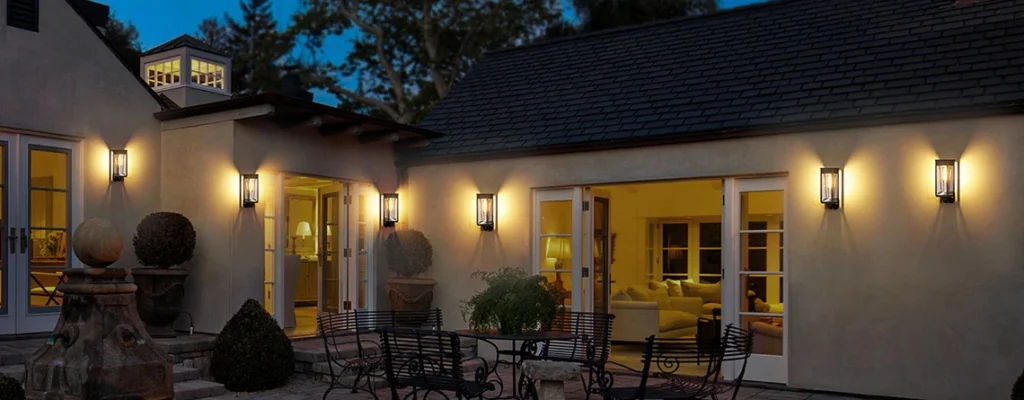
Benefits of Solar-Powered Motion Sensor Lights
Solar wall lights represent a significant advancement in motion sensor decorative lighting. These eco-friendly fixtures harness the power of the sun, converting solar energy into electricity through photovoltaic cells. The energy is stored in rechargeable batteries, allowing the lights to function autonomously throughout the night.
The benefits of solar-powered motion sensor lights are manifold:
- Energy Efficiency: By utilizing renewable solar energy, these lights reduce electricity consumption and lower utility costs.
- Easy Installation: Without the need for wiring or access to electrical outlets, solar wall lights can be installed in virtually any outdoor location.
- Low Maintenance: Solar-powered systems require minimal upkeep, with occasional cleaning of the solar panels being the primary maintenance task.
- Environmental Impact: By reducing reliance on grid electricity, solar lights contribute to a smaller carbon footprint.
- Versatility: The wireless nature of solar lights allows for flexible placement and easy relocation if needed.
Aesthetic Considerations in Choosing Decorative Lights
When selecting motion sensor decorative lights, it’s crucial to consider the aesthetic impact on your property. These fixtures come in a wide array of designs, from sleek modern styles to classic lantern-inspired looks. The right choice can complement your home’s architecture and landscaping, enhancing its curb appeal.
Consider the following aesthetic factors:
- Material: Options range from durable plastics to elegant metals like brushed nickel or bronze.
- Light Color: Choose between warm white for a cozy ambiance or cool white for a more contemporary feel.
- Fixture Style: Select designs that harmonize with your exterior decor, whether it’s rustic, minimalist, or traditional.
- Size and Scale: Ensure the lights are proportionate to the space they’ll illuminate and the surrounding architectural elements.
Optimal Placement Strategies for Motion Sensor Decorative Lights
Illuminating Entryways and Porches
The entryway is often the focal point of a home’s exterior, making it an ideal location for motion sensor decorative lights. Installing these fixtures near your front door not only enhances security but also creates a welcoming atmosphere for guests. Solar wall lights can be particularly effective here, providing ample illumination without the need for electrical wiring.
Consider placing lights on either side of the door or above it to ensure even coverage. For larger porches, additional lights can be installed along the perimeter to create a well-lit, inviting space. The motion sensor functionality ensures that the area is illuminated only when needed, conserving energy while still providing convenience and safety.
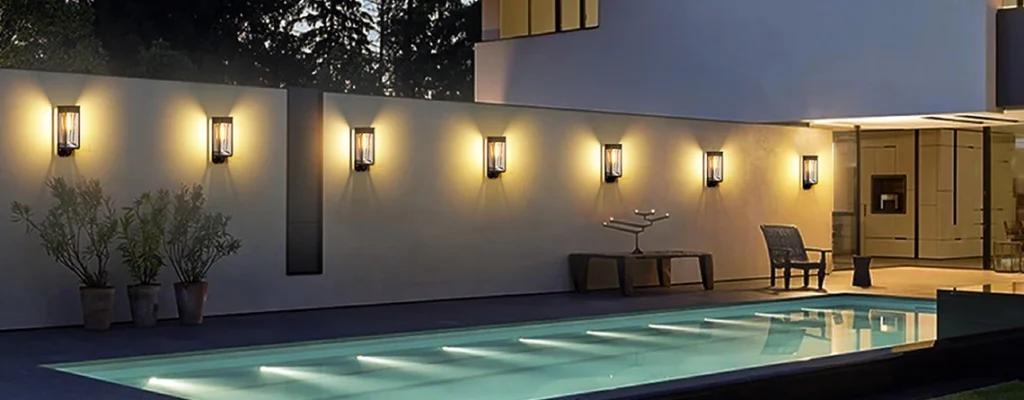
Enhancing Walkways and Driveways
Walkways and driveways are critical areas for safety and navigation around your property. Motion sensor decorative lights along these paths can prevent trips and falls while adding a touch of elegance to your landscape. Solar path lights or low-profile wall-mounted fixtures are excellent choices for these areas.
When installing lights along walkways:
- Space the lights evenly to avoid dark spots
- Consider the width of the path to determine the appropriate light spread
- Use fixtures with downward-facing beams to reduce glare and light pollution
Creating Ambiance in Outdoor Living Spaces
Patios, decks, and garden areas can be transformed into enchanting nighttime retreats with the strategic placement of motion sensor decorative lights. These spaces benefit from a layered lighting approach, combining ambient, task, and accent lighting to create a versatile and inviting atmosphere.
Consider these placement ideas:
- Mount solar wall lights on the exterior walls surrounding your patio or deck
- Use decorative string lights with motion sensors for a whimsical touch in seating areas
- Install pathway lights to guide guests through garden areas
- Highlight landscaping features with spotlights that activate upon approach
Maximizing Security and Energy Efficiency with Motion Sensor Lights
Deterring Intruders with Strategic Lighting
One of the primary benefits of motion sensor decorative lights is their ability to enhance home security. When strategically placed, these lights can effectively deter potential intruders by eliminating hiding spots and drawing attention to any suspicious activity.
Key areas to focus on for security lighting include:
- Side yards and alleyways
- Basement windows and other ground-level entry points
- Garages and storage sheds
- Dark corners of the property perimeter
Reducing Energy Consumption Through Smart Lighting
Motion sensor decorative lights, especially solar-powered variants, are at the forefront of energy-efficient outdoor lighting solutions. By activating only when motion is detected, these lights significantly reduce unnecessary energy consumption compared to traditional always-on lighting systems.
To maximize energy efficiency:
- Adjust motion sensor sensitivity to prevent false triggers
- Set appropriate illumination durations to balance security needs with energy conservation
- Regularly clean solar panels to ensure optimal charging
- Position solar lights in areas that receive ample sunlight during the day
Integrating Motion Sensor Lights with Smart Home Systems
For those embracing smart home technology, many modern motion sensor decorative lights can be integrated into broader home automation systems. This integration allows for enhanced control and customization of your outdoor lighting.
Benefits of smart integration include:
- Remote control and monitoring via smartphone apps
- Customizable lighting schedules that adapt to your routines
- Integration with other smart devices for coordinated home security
- Data collection on motion events for security analysis
Contact Us
Motion sensor decorative lights, particularly solar wall lights, offer a perfect blend of functionality, aesthetics, and energy efficiency for outdoor spaces. By strategically placing these innovative fixtures around your property, you can enhance security, improve navigation, and create inviting atmospheres in various outdoor areas. The versatility of motion sensor technology, combined with the eco-friendly benefits of solar power, makes these lighting solutions an excellent choice for homeowners looking to upgrade their exterior illumination.
For more information on innovative solar lighting solutions and expert advice on outdoor illumination, don’t hesitate to contact BITPOTT at info@forigat.com. Our team of specialists is ready to help you create the perfect lighting design for your property, combining cutting-edge technology with elegant design to enhance your outdoor spaces.
References
- Johnson, E. (2022). “The Impact of Motion Sensor Lighting on Residential Security”. Journal of Home Safety and Security, 15(3), 78-92.
- Smith, A. & Brown, T. (2021). “Energy Efficiency in Outdoor Lighting: A Comparative Study of Solar and Traditional Systems”. Renewable Energy Focus, 37, 112-125.
- Garcia, M. (2023). “Aesthetic Integration of Smart Lighting in Landscape Design”. Architectural Lighting Design Quarterly, 28(2), 45-59.
- Lee, S. et al. (2022). “Advancements in Motion Detection Technology for Outdoor Lighting Applications”. IEEE Sensors Journal, 22(8), 7485-7497.
- Wilson, R. (2023). “Consumer Preferences in Decorative Outdoor Lighting: A Market Analysis”. International Journal of Consumer Studies, 47(4), 301-315.

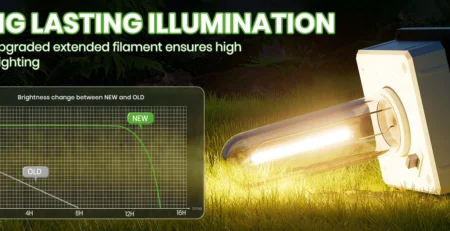
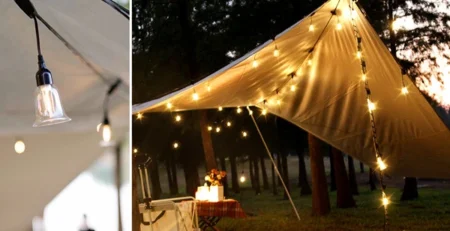
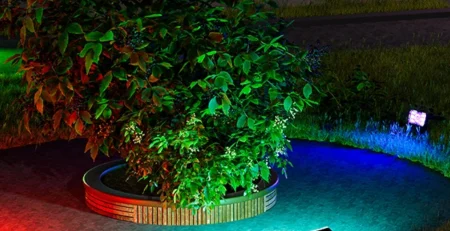
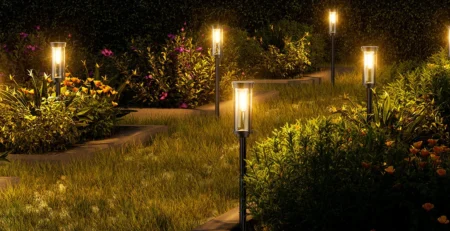

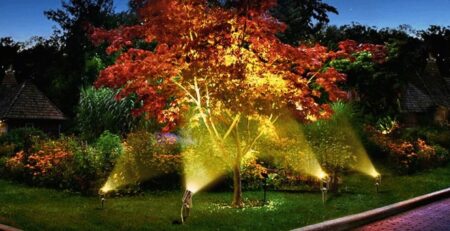
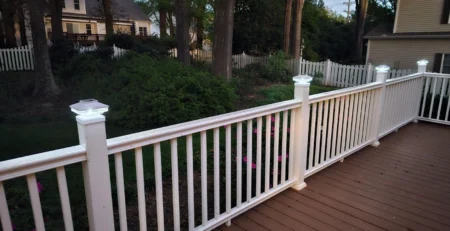
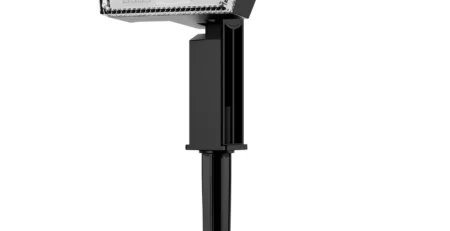
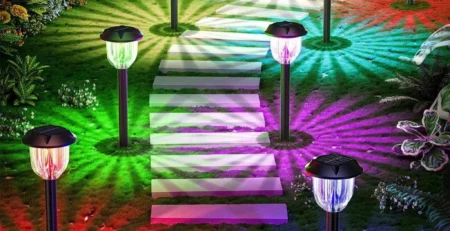
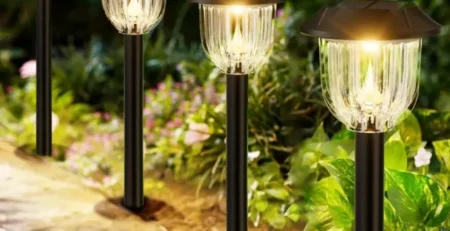
Leave a Reply